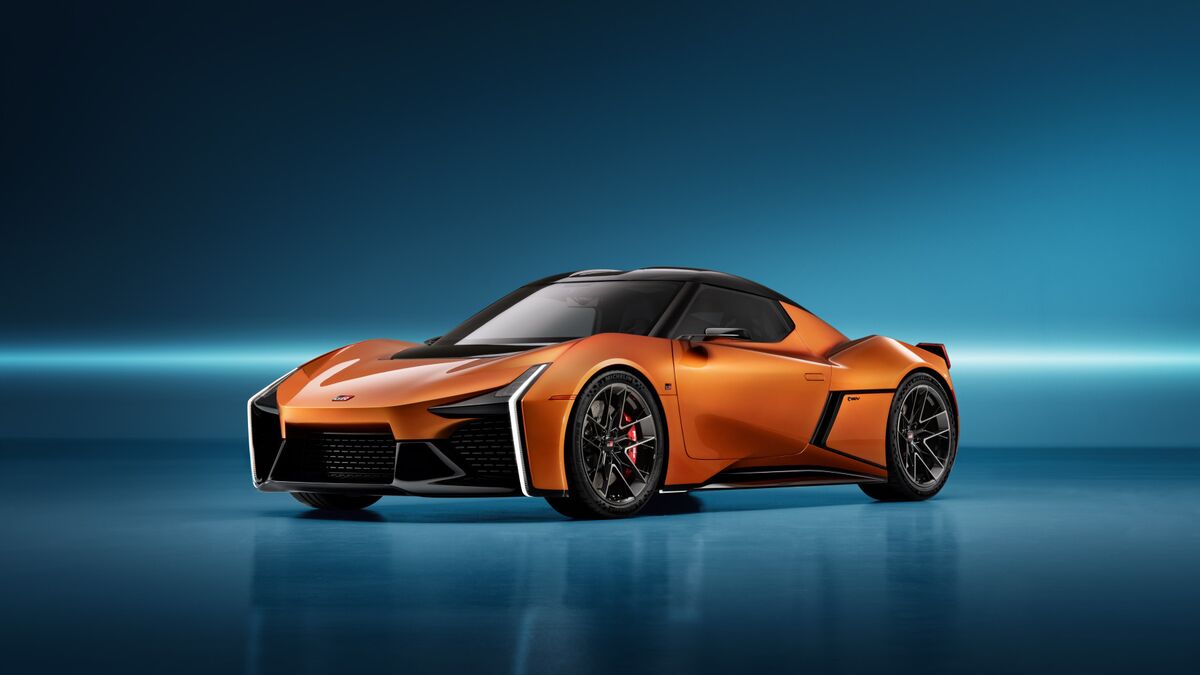As manufacturers expand their EV offerings as a way to meet increasingly stringent fuel economy standards, it’s becoming apparent that this alternative technology will not hold its value as well as more conventionally powered cars, according to resale value data gleaned by Kelley Blue Book. However, as the number of EVs in the market grows and their usable range increases, resale value is beginning to climb up from the depths.
Pure electrics like the 2012 models Nissan Leaf, for instance, at 36 months was worth less than 30 percent of retail value five years ago. After three years of use, most cars typically retain 60 percent or more of their retail value. A 2017 model, which has a similar range of about 100 miles, is now worth about $11,000. That’s nearly 36 percent of its original sticker price. Since then, the Leaf has been redesigned to look more like a conventional hatchback and with a 150-mile range. We expect residuals to continue to climb, though not to the level seen by conventional gas-powered alternatives.
Other EVs and plug-in hybrids fare better
Later model electrics based on existing gas models seem to hold value better even though they may be range-challenged. The 2017 Volkswagen eGolf, for instance, has a 114-mile range, and yet it’s worth $19,000. That’s just over half its $36,000 sticker. The fact that it has the same load space and drives like a standard Golf are factors contributing to its desirability on the used market.
Class of 2021: All the New and Redesigned Cars, Trucks and SUVs
The same applies tor plug-in hybrids, which operate in an EV mode with ranges of 20 to 40 miles before their gas engines kick in. These models typically fare better in resale, retaining more of their value. But it should be noted these vehicles still underperform comparable models that use gasoline engines. Again, that spread has begun to narrow. Five years ago, a 2011 Chevy Volt was worth about 36 percent of its value. A similar-sized Cruze retains about 60 percent of its value. A used 2017 model is now worth about $17,000 or half of its original sticker of $34,000.
Used vs. new
The tax breaks on new EVs and plug-in hybrids (which can be as high as $10,000) along with price cuts from manufacturers in order to spur demand contribute to soft values. In addition, reports of deteriorating range in older pure EVs have also hurt resale. Even more pressure on the values of used EVs and plug-in hybrids is expected. Many of them are leased and are returning to a market that is seeing more new EV and plug-in entries.
As the federal tax breaks expire for some makers, like Tesla, GM, and Nissan, residual values may not be as adversely affected. This is because subsequent buyers are not eligible for either the tax breaks or other government incentives.
More: 10 Best Used EVs and Hybrids Under $20,000
“What is clear is that this segment is getting quite competitive with new models hitting the market every year and it will be interesting to see if these new models can attract mainstream customers beyond the early adopters,” observed Eric Ibara, KBB’s director of residual value consulting. “This is the challenge for the industry. EVs cost substantially more than a comparable vehicle equipped with an internal combustion engine. The limited range on most EV’s and the long charging time also take it out of consideration for a lot of potential buyers.”
The Tesla factor
The only entry so far running counter to this trend of steep depreciation curves has been the Tesla Model S. According to KBB data, the Model S retains 71 percent of its value, which is above average. This more the result of Tesla‘s limited volume and market positioning as a luxury entry.
Ibara adds that the success or failure of EVs hinges on battery technology. “The industry has been waiting for a breakthrough in battery technology but so far, that hasn’t happened,” he said. “Lower cost batteries that deliver twice the range would be a game-changer. It would move EVs into consideration for a larger pool of potential buyers. With the prospect of moderate or low priced gasoline, the bar has been raised for EVs. It is likely that ten years into the future the majority of cars on the road will continue to be powered by IC engines.”
While this strengthening of used EV and plug-in hybrids will continue, market pressures may keep them below industry average. High demand for trucks and SUVs tend to push up residuals of these vehicles, helped along by low gas prices. As more EVs and plug-ins come to market, and supply outstrips demand, a buyer’s market for used models will continue.








